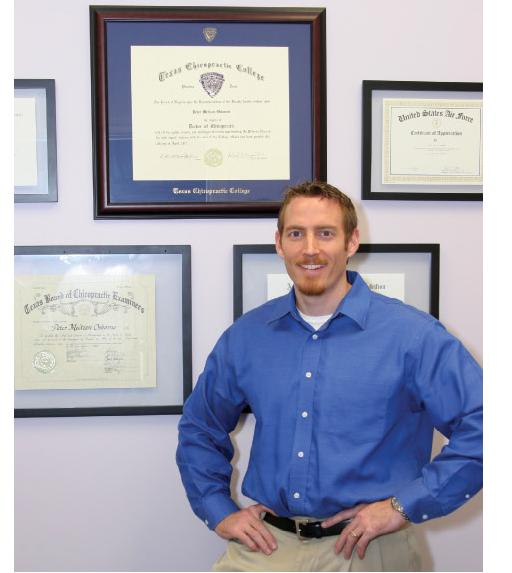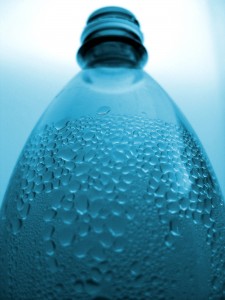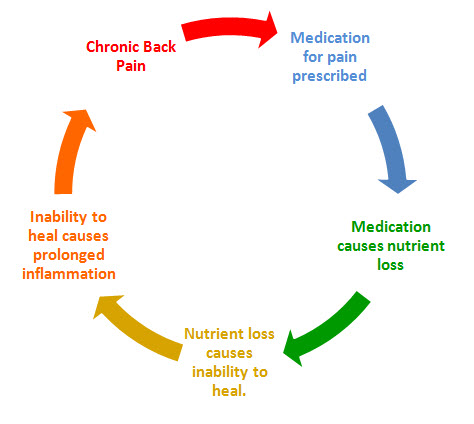New research shows that getting plenty of vitamin D prolongs life and improves health. Vitamin D deficiency plays a role in causing seventeen varieties of cancer, as well as heart disease, stroke, hypertension, autoimmune diseases, diabetes, depression, chronic pain, osteoarthritis, osteoporosis, muscle weakness, muscle wasting, birth defects, and periodontal disease. (1) This does not mean that vitamin D deficiency is the only cause of these diseases. What it does mean is that vitamin D, and the many ways in which it affects a person’s health, must no longer be overlooked.
Here is a very important example: Ample intake of vitamin D (about 2,000 IU/day) can cut breast cancer incidence by half. (2) If vitamin D levels were increased worldwide, 600,000 cases of breast and other cancers could be prevented each year. Nearly 150,000 cases of cancer could be prevented in the United States alone.
A four-year study of 1,179 healthy, postmenopausal women showed that taking calcium, along with nearly three times the U.S. government’s recommendation of vitamin D3, showed a dramatic 60 percent or greater reduction in all forms of cancer. (3) Additionally, there is growing evidence that maintaining vitamin D evels in the body during the winter prevent the flu and other viral infections by strengthening the immune system (4).
How much vitamin D does the average person need? In the summer, those with at least 15 minutes of sun exposure on their skin most days should take 1,000 IU of vitamin D3 each day. In the winter, those with dark skin, or those who have little sun exposure on their skin, should take up to 4,000 IU each day. Suit your vitamin D3 supplementation to your lifestyle: those who have darker skin, are older, avoid sun exposure or live in the northern US should take the higher amounts.
Vitamin D is remarkably safe; there have been no deaths caused by the vitamin. (5) The best way to be sure you are getting the right amount is to have your doctor give you a blood test for 25-hydroxyvitamin D. If your vitamin D intake from all sources is maintaining your blood level at or near 50 ng/ml, you have a good vitamin D status. If it is more than 10% below this level, supplemental sources of vitamin D3 should be increased. People consuming only government-recommended levels of 200-400 IU/day often have blood levels considerably below 50 ng/ml. This means the government’s recommendations are too low, and should be raised immediately.
1. The Vitamin D Council, http://www.vitamindcouncil.com
2. Garland CF, Gorham ED, Mohr SB, Grant WB, Giovannucci EL, Lipkin M, Newmark H, Holick MF, Garland FC. Vitamin D and prevention of breast cancer: pooled analysis. J Steroid Biochem Mol Biol, 2007. Mar;103(3-5):708-11.
3. Lappe JM, Travers-Gustafson D, Davies KM, Recker RR, Heaney RP. Vitamin D and calcium supplementation reduces cancer risk: results of a randomized trial. Amer J Clin Nutrition, 2007. Vol. 85, No. 6, 1586-1591, June.
4. Cannell JJ, Vieth R, Umhau JC, Holick MF, Grant WB, Madronich S, Garland CF, Giovannucci E. Epidemic influenza and vitamin D. Epidemiol Infect, 2006. Dec;134(6):1129-40. Epub 2006 Sep 7.
5. Saul AW. Vitamin D: Deficiency, diversity and dosage. J Orthomolecular Med, 2003. Vol 18, No 3 and 4, p 194-204.
 Dr. Osborne’s Comment…
Dr. Osborne’s Comment…
For years dermatologists have been telling patients to avoid the sun because
exposure causes skin cancer. However, a lack of adequate sunlight causes
vitamin D deficiency. Vitamin D deficiency has been directly linked to multiple
types of cancer. The truth is that humans require sunlight to maintain normal
health. Keep in mind the following…
• Common sense is encouraged. Do not stay in the sun long enough to burn.
• Typically the darker your skin, the more sunlight per day you require.
• Remember that any sunscreen greater than SPF 8 will inhibit sunlight production of vitamin D in your skin.
• Most windows contain screens that block UVB radiation required for vitamin D synthesis.
• Vitamin D is very safe to take.
Have your doctor check your 25-OH D levels twice per year. Once at the end of
Winter, and once at the beginning of Fall. According to the leading researchers
on vitamin D, your levels should be 50 ng/ml or more.
Vitamins Are Safe
There is not even one death per year from vitamin supplementation. (American
Journal of Emergency Medicine, Vol. 22, No. 5, September 2004.
 Shift work is once again linked to an increased risk for cancer.
Shift work is once again linked to an increased risk for cancer. Dr. Osborne’s Comment…
Dr. Osborne’s Comment…



 A chemical used in the production of polycarbonate plastics, bisphenol A (BPA), is raising concern over its effects in fetuses and children, according to a draft report from the NIH. The report, from the National Toxicology Program, concludes that BPA presents “some concern” that exposure of fetuses and children “can cause changes in behavior and the brain, prostate gland, mammary gland, and the age at which females attain puberty.” The report cites “negligible concern” that BPA exposure leads to birth defects. Polycarbonate plastics are used in, among other things, bottles for water and infant formula or breast milk. The draft report says that infants and children have the highest intakes of BPA in the population. The Canadian government may declare the compound toxic as early as this week, an anonymous source told the New York Times.
A chemical used in the production of polycarbonate plastics, bisphenol A (BPA), is raising concern over its effects in fetuses and children, according to a draft report from the NIH. The report, from the National Toxicology Program, concludes that BPA presents “some concern” that exposure of fetuses and children “can cause changes in behavior and the brain, prostate gland, mammary gland, and the age at which females attain puberty.” The report cites “negligible concern” that BPA exposure leads to birth defects. Polycarbonate plastics are used in, among other things, bottles for water and infant formula or breast milk. The draft report says that infants and children have the highest intakes of BPA in the population. The Canadian government may declare the compound toxic as early as this week, an anonymous source told the New York Times. Dr. Osborne’s Comment…
Dr. Osborne’s Comment…





